I’v long been a fan of bees – how about thee? Here are five facts that will prove them worthy. Bees are always being extraordinary!
1. Bees have assigned jobs.
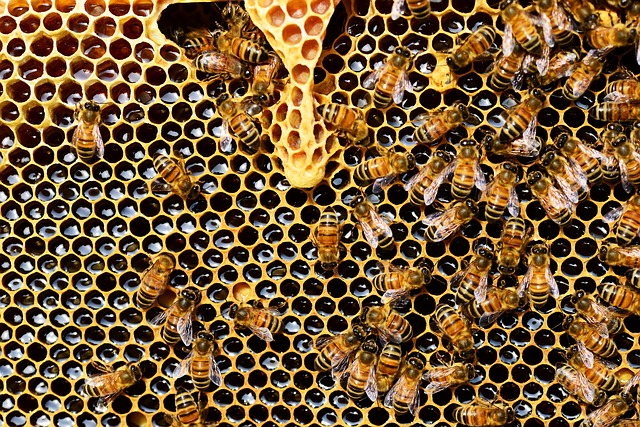
Wild honeybee colonies vary in size, but the average hive managed by human beekeepers includes anywhere from 20,000 to 80,000 bees, so it makes sense that these productive creatures have their own version of a chore chart. Each bee has its own role: Queens can lay thousands of eggs per day, while the worker bees cycle through various roles depending on their age. Some act as architects — using their wax glands to build honeycombs and more — and some will become foragers, who leave the hive to scout for nectar. Some bees even have the job of insect undertaker, removing dead residents to keep the hive clean and healthy.
2. Most Bees Are Female
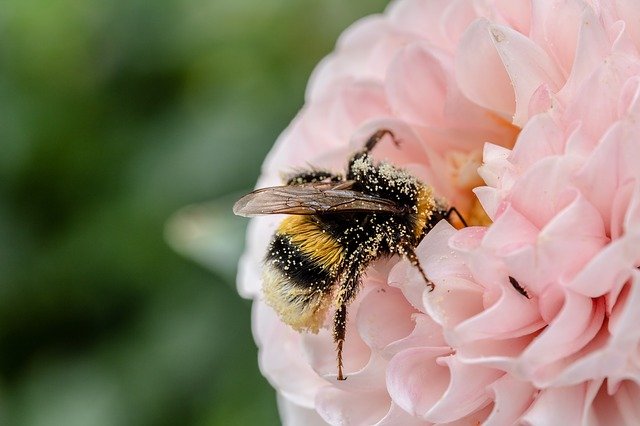
Bees can be incredibly cooperative. Those that live in hives (like Apis mellifera, aka the honey bee) work together to build their homes, produce honey, and perform other necessary tasks. But most of these jobs are assigned to worker bees, who are all female and greatly outnumber drones, who are male and don’t actually do any work. In an efficiently running hive, drones are as little as 10% of the population. Another downside for male bees? Among most species, they can’t sting. Yet the drones play their part by leaving the community to mate with other queens, an important task for species biodiversity.
3. Bees Love Caffeine

If you’re over-caffeinated and overworked, you might be more like a bee than you realize. Research into how bees handle caffeine suggests that the stimulating chemical may help them pollinate more quickly and efficiently. In one study, caffeine-fed bees located and pollinated flowers faster than those working without a perk-up, which could be why some plants produce small amounts of caffeine to attract pollinators. But apiologists — bee scientists — have determined that caffeine also caused confusion among bees: They were more likely to rank caffeine-laced nectar as a better food source, even though it has no nutritional benefits over plain nectar.
4. Most Bees Are Solitary
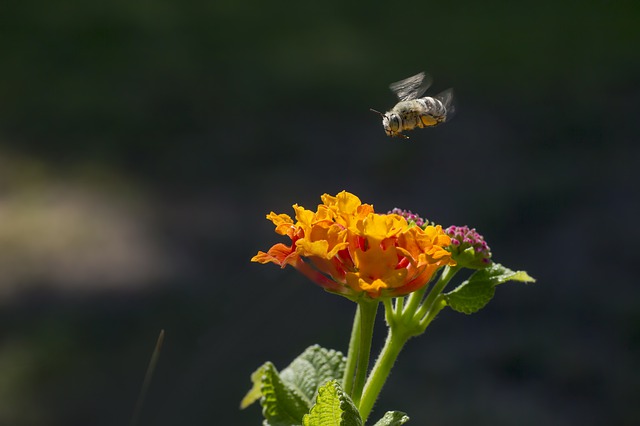
Not all bees are social creatures; some live their entire lives as solo pollinators that burrow their homes in the ground instead of living in hives. Solitary bees are actually more common than hive bees, making up around 75% of all species. And these lonesome workers are incredibly important for ecosystems worldwide. Native bees are mostly solitary, and pollinate about 80% of the world’s plants — more than any other insect. (There are about 4,000 native bee species in the U.S.; notably, honey bees aren’t one of them, since Apis mellifera were introduced from Europe.)
5. Bees Can Vote
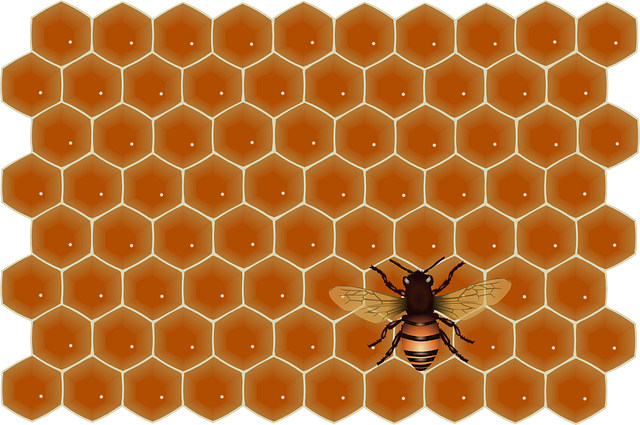
Despite their microscopic brains — smaller than a grain of rice — bees are able to grasp complex social concepts like voting. Although hives are led by a queen, some decisions are made by the entire swarm, including relocating the hive to a new home. Older bees first scout for new real estate, sharing their top picks with other bees by dancing (their “waggle dancing” actually gives other bees directions to the site). More scouts will observe the recommended spot, then return to the hive to vote either for or against it with their own dance. With each wave of research, more and more bees vote by performing enthusiastic dances that give feedback until the entire hive agrees — displayed in a large-scale dance that signals consensus.

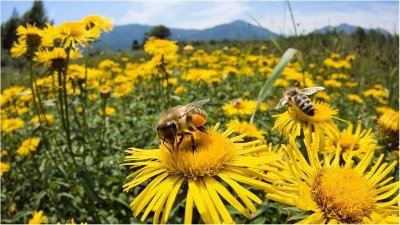
I never knew that bees like caffeine. They certainly play an important role in our world.
My husband and I met some local beekeepers recently, at the Orange County Fair. They were very chatty and we learned a lot!